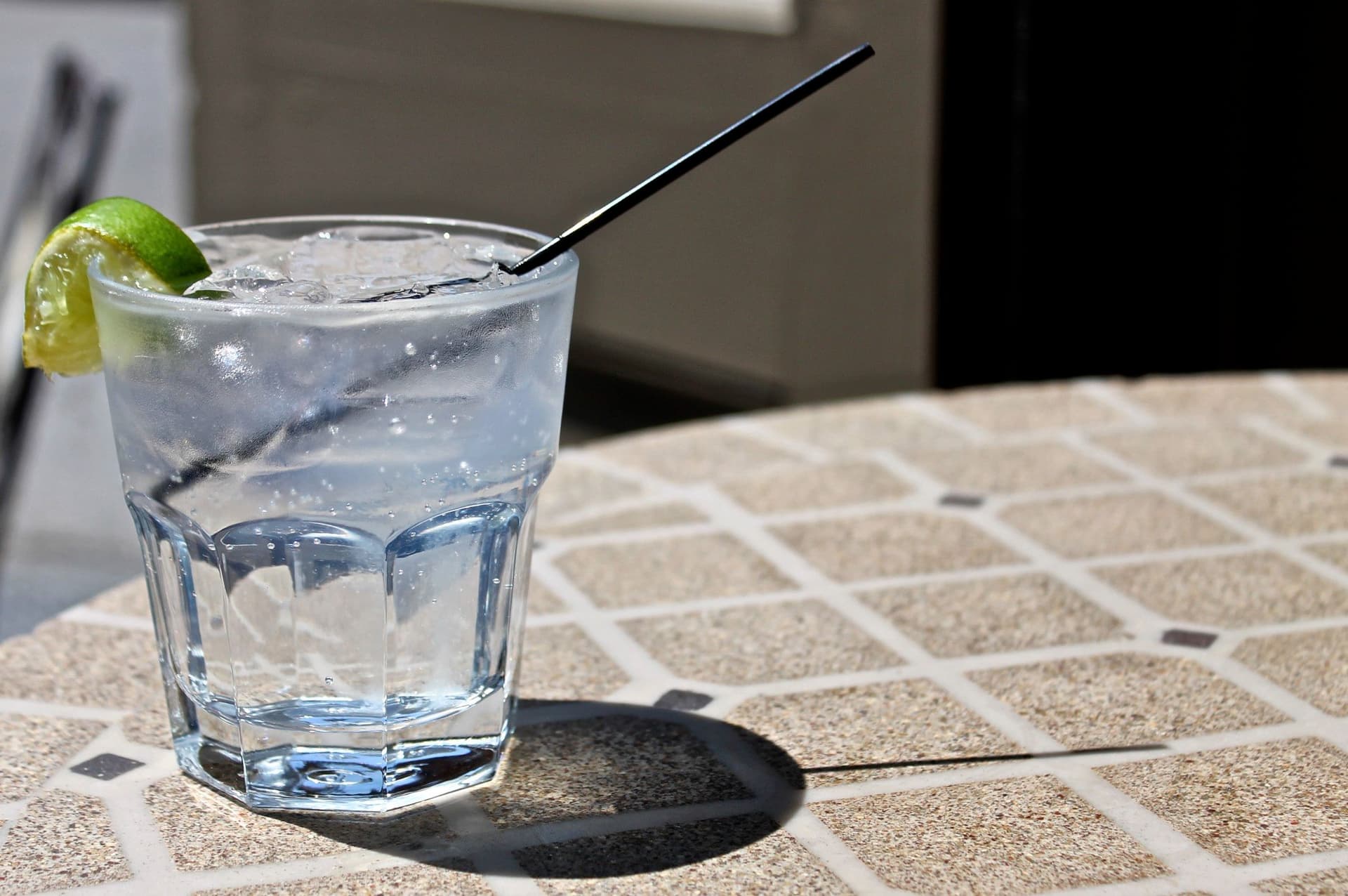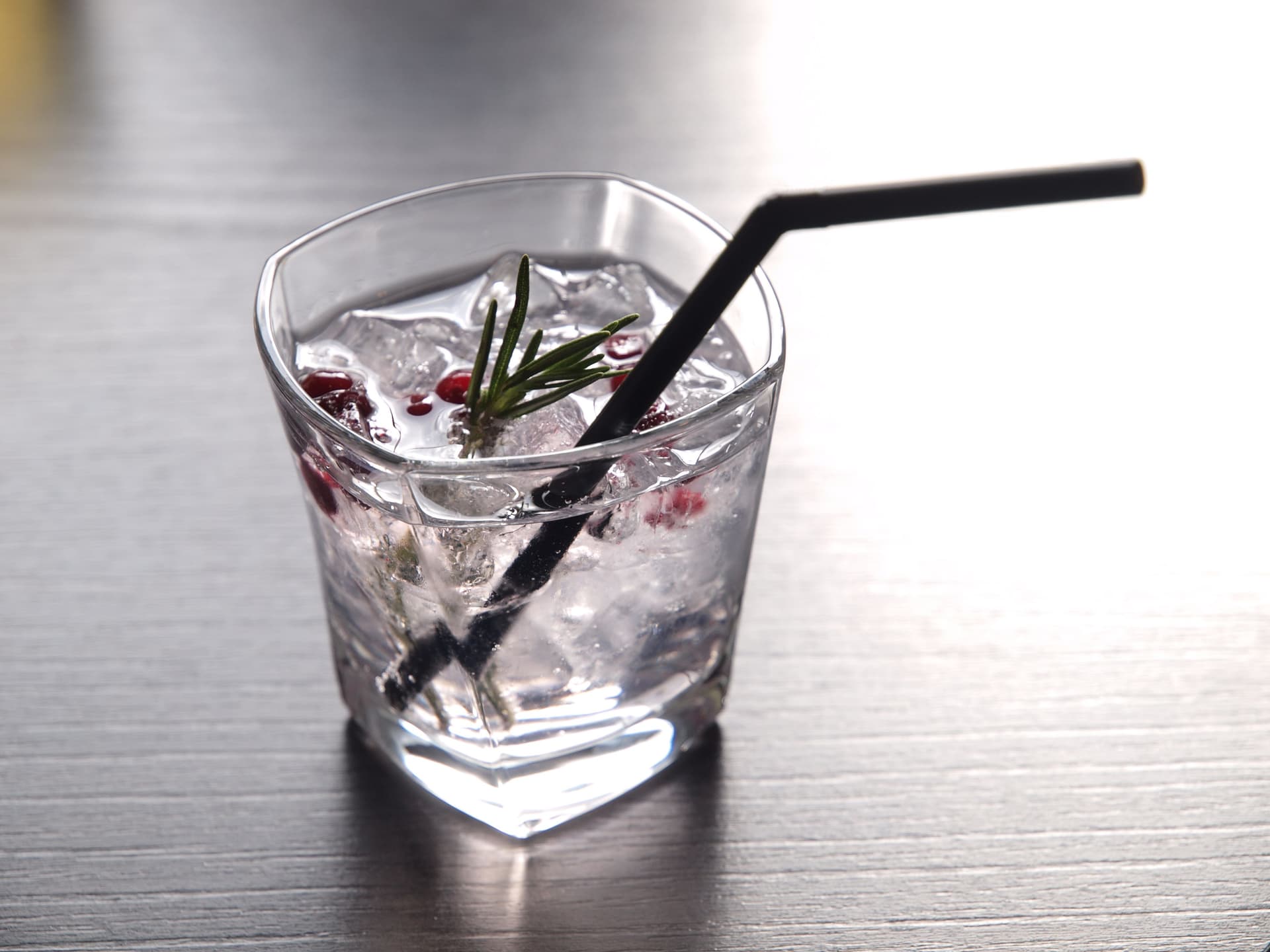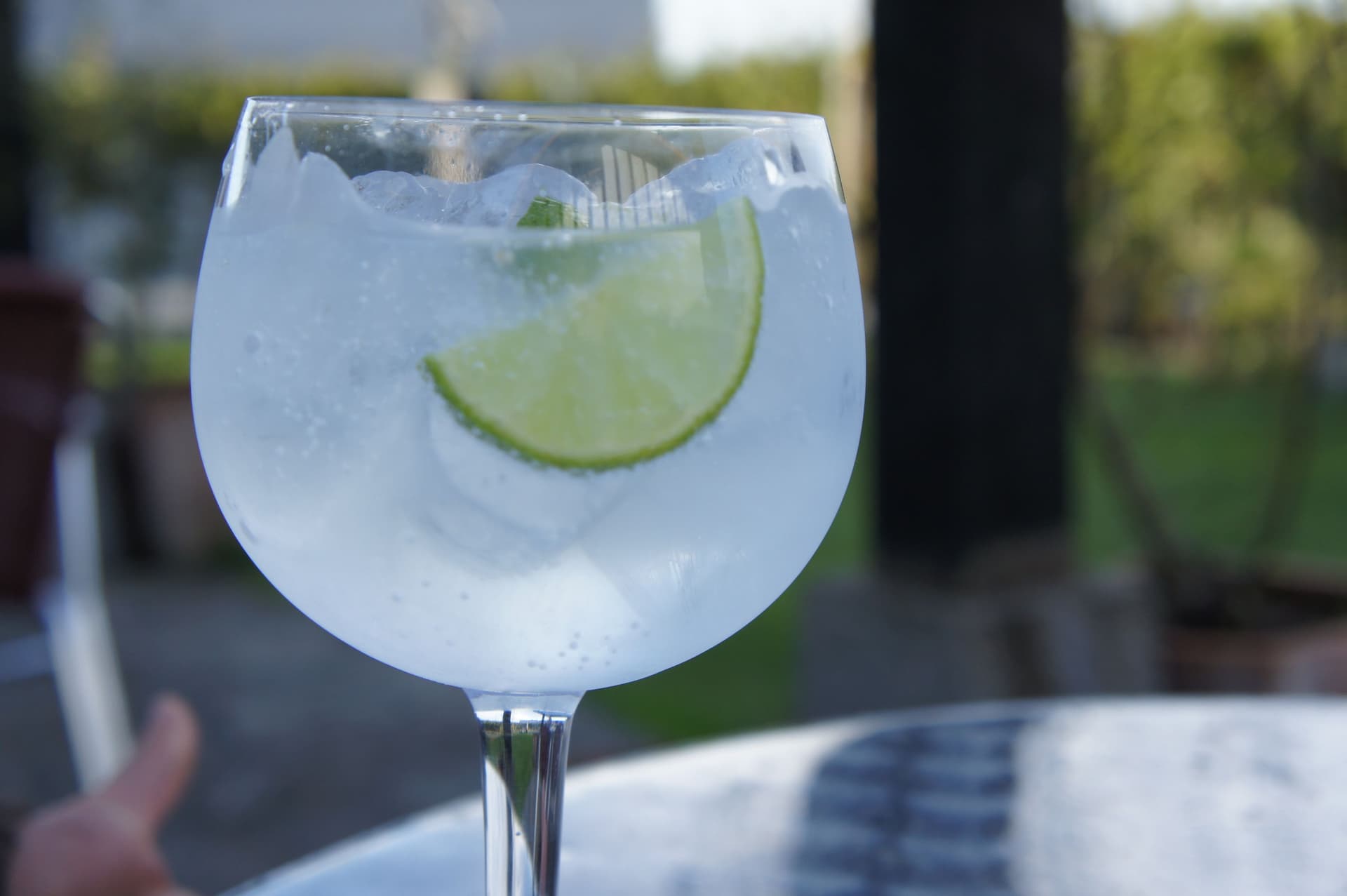Gin & Tonic And Ice: How Different Shapes Impact Your Drink

Ice is essential to the way a gin and tonic tastes and persists; it's not just a chilling element. The proper ice control dilution keeps the drink without weakening the gin's unique botanicals. The drink's temperature also has an impact on flavour; lower temps soften jagged edges and create a cleaner taste. The ice matter's dimensions, colour, and form.
This equilibrium is upset by hazy, tiny, or crushed ice, which melts rapidly and causes the beverage to taste flat too soon. Ice also has an impact on presentation; whereas murky ice gives the drink an uneven presentation, clean ice adds sparkle. Ice is a component that needs to be carefully picked in every well-made gin and tonic. Explore various ice types and their impact on the drink.
5 Reasons Why Different Shapes Impact Gin And Tonic Drink
Add large ice spheres to a balloon glass for a slow melt. Pour 15 ml of gin over the ice and let it coat the sides. Top with 30 ml of tonic water in one smooth pour. Garnish with a cucumber ribbon.

Large Clear Cubes
Big transparent cubes give a gin and tonic structure. These cubes, which are made by gradually freezing filtered water, melt gradually. The gin's botanical layers are preserved by this gradual melting, and the tonic's mild bitterness and fizz are retained without dilution. Large cubes also aid in maintaining the drink's temperature without being too frigid, which can stifle the gin's subtle citrus or flowery notes. These cubes sit firmly in a large glass, making it easy to pour a smooth tonic over them. The focus shifts to presentation and balance, with clear cubes keeping the garnishes crisp and the liquid sparkling.
Crushed Ice
Crushed ice gives texture, but it makes it difficult to make a well-layered gin and tonic. The botanical aromas of gin are mellowed, and the crisp structure of the tonic is weakened as a result of the quick dilution caused by the melting of crushed ice. The clean, well-balanced taste that a gin and tonic should provide is swiftly lost. Because the crushed shape retains air, the carbonation escapes unevenly, making the drink feel flat before it's even halfway through. The garnish may get mushy, and the drink quickly loses structure, making for a less elegant presentation. The bright, effervescent aspect of the drink is likewise diminished when tonic is poured over broken ice since the fizz soon evaporates.

Ice Spheres
By melting gradually and preserving the integrity of the drink, ice spheres are made to maintain a balance between gin botanicals and tonic fizz. The drink can stay chilled without rapidly diluting because of its spherical form, which minimises surface area. This maintains crisp botanical clarity and brightness. As fizz swirls around the sphere, the tonic keeps its effervances longer, giving the drink structure and vitality. Serving the ice spherical in a balloon or large tumbler glass improves presentation. The slowly melting spherical stabiliser tastes without adding wateriness while the beverage is at rest.
Pebble Ice
Although pebble ice adds a crunchy texture, it might be difficult to keep a gin and tonic's structure. Gin's botanicals become less crisp, and the tonic's carbonation. Pebble ice frequently overcrowds the glass, making it challenging to pour the tonic uniformly and producing an uneven distribution of fizz. The garnish quickly becomes softer and less vibrant. Within minutes, the drink changes from being crisp and layered to being flat and watery. Pebble ice becomes more of an aesthetic aspect than a practical one for those looking for a well-balanced, structured gin and tonic.

Cloudy or Irregular Ice
Ice cubes that are hazy or asymmetrical undermine the purity of a gin and tonic. These cubes, which are created when water is frozen too quickly or with impurities, have air pockets within that melt quickly and add undesirable flavours to the beverage. This ruins the crisp, effervescent texture of the tonic and compromises the botanical integrity of the gin. The drink loses its bright, crisp profile and instead becomes thick and uneven.
The temperature of the gin and tonic is shaped by ice, which also slows down the dilution process and maintains the botanical clarity. It imparts a structured texture and improves the drink's presentation.
Drink Responsibly. This communication is for audiences above the age of 25.
